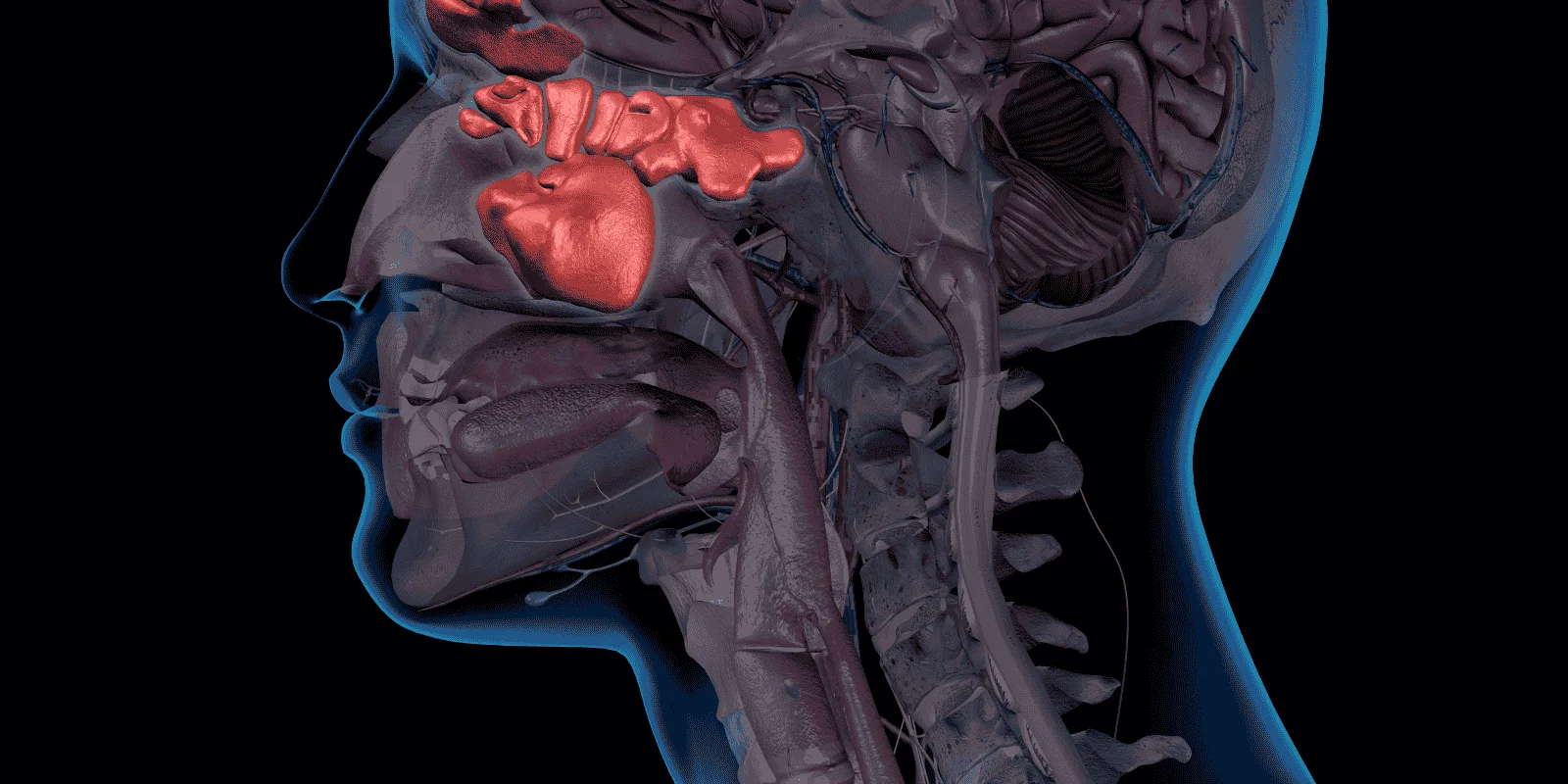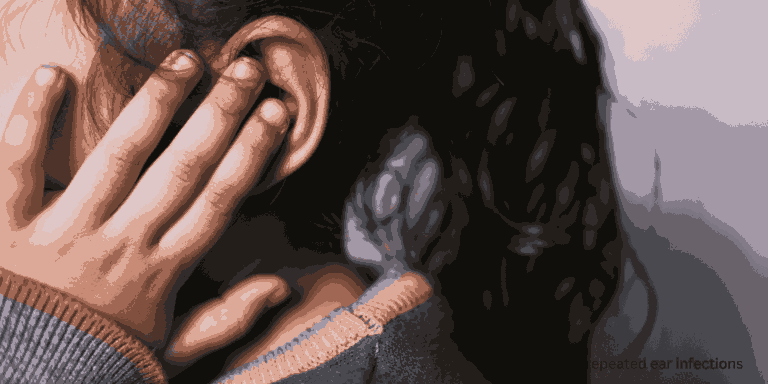“I’ve had sinus problems on and off for months,” my patient explained. “My friend says she gets sinus infections that last just a few days. What’s the difference?”
Acute and chronic sinusitis are distinctly different conditions requiring different approaches to diagnosis and treatment, despite sharing similar symptoms.
Defining the Differences
Acute sinusitis lasts less than 4 weeks and typically follows a viral upper respiratory infection like a cold or flu.
Chronic sinusitis persists for 12 weeks or longer, often with periods of improvement and worsening rather than complete resolution.
Subacute sinusitis falls between these categories, lasting 4-12 weeks, and often represents acute cases that didn’t fully resolve.
Symptom Pattern Differences
Acute cases develop suddenly with severe symptoms including facial pain, thick colored nasal discharge, and significant congestion.
Chronic cases produce milder but persistent symptoms like ongoing nasal congestion, reduced sense of smell, and dull facial pressure that fluctuates in intensity.
Pain intensity is typically higher in acute sinusitis, while chronic cases cause more fatigue and general discomfort.
Underlying Causes Vary
Acute sinusitis usually starts with viral infections that create inflammation and blockage, sometimes leading to secondary bacterial infection.
Chronic sinusitis often involves structural problems like deviated septums, nasal polyps, or allergies that create ongoing drainage issues.
Immune factors play larger roles in chronic cases, including conditions that affect the body’s ability to clear infections.
Bacterial vs. Other Causes
Acute bacterial sinusitis requires antibiotic treatment and typically improves within 7-10 days of appropriate therapy.
Chronic sinusitis may involve bacteria, fungi, or non-infectious inflammation, making antibiotic response less predictable.
Biofilm formation in chronic cases creates bacterial communities that resist standard antibiotic treatment.
Diagnostic Approaches
Acute sinusitis diagnosis relies primarily on symptom patterns and physical examination findings.
Chronic sinusitis often requires CT scans to evaluate sinus anatomy and identify structural problems contributing to poor drainage.
Nasal endoscopy may be used in chronic cases to directly visualize sinus openings and identify polyps or other abnormalities.
Treatment Strategy Differences
Acute sinusitis treatment focuses on symptom relief and antibiotics when bacterial infection is suspected.
Chronic sinusitis requires comprehensive approaches addressing underlying causes like allergies, structural problems, or immune issues.
Surgery consideration applies mainly to chronic cases when medical management fails to provide adequate relief.
Medication Approaches
Short-term antibiotics (7-14 days) typically suffice for acute bacterial sinusitis.
Extended antibiotic courses (4-6 weeks) may be needed for chronic cases, though effectiveness varies.
Nasal corticosteroids are more important in chronic sinusitis management for controlling ongoing inflammation.
Saline irrigation benefits both types but becomes essential for chronic case management.
Complication Risks
Acute sinusitis complications include spread to nearby structures like eyes or brain, though this is rare with appropriate treatment.
Chronic sinusitis complications involve quality of life impacts including sleep disruption, fatigue, and reduced productivity.
Antibiotic resistance becomes more likely with repeated courses used for chronic cases.
When Acute Becomes Chronic
Incomplete treatment of acute cases can lead to chronic problems if underlying issues aren’t addressed.
Recurring acute episodes may indicate structural problems that require different management approaches.
Symptom persistence beyond expected acute recovery timelines suggests transition to chronic disease.
Lifestyle Impact Differences
Acute sinusitis temporarily disrupts normal activities but resolves completely with appropriate treatment.
Chronic sinusitis creates ongoing quality of life issues affecting work, sleep, and social activities.
Management requirements differ dramatically, with chronic cases needing long-term strategies rather than short-term fixes.
Prevention Strategies
Acute sinusitis prevention focuses on managing colds and flu that trigger episodes.
Chronic sinusitis prevention requires addressing underlying causes like allergies, structural abnormalities, or immune issues.
Environmental modifications become more important for chronic cases, including air filtration and allergen avoidance.
Treatment Success Expectations
Acute sinusitis typically responds well to appropriate treatment with complete symptom resolution.
Chronic sinusitis management aims for symptom control and prevention of worsening rather than complete cure.
Patient education about realistic expectations prevents frustration and promotes adherence to long-term management plans.
Understanding these fundamental differences helps patients and providers develop appropriate treatment strategies and set realistic expectations for recovery outcomes.













